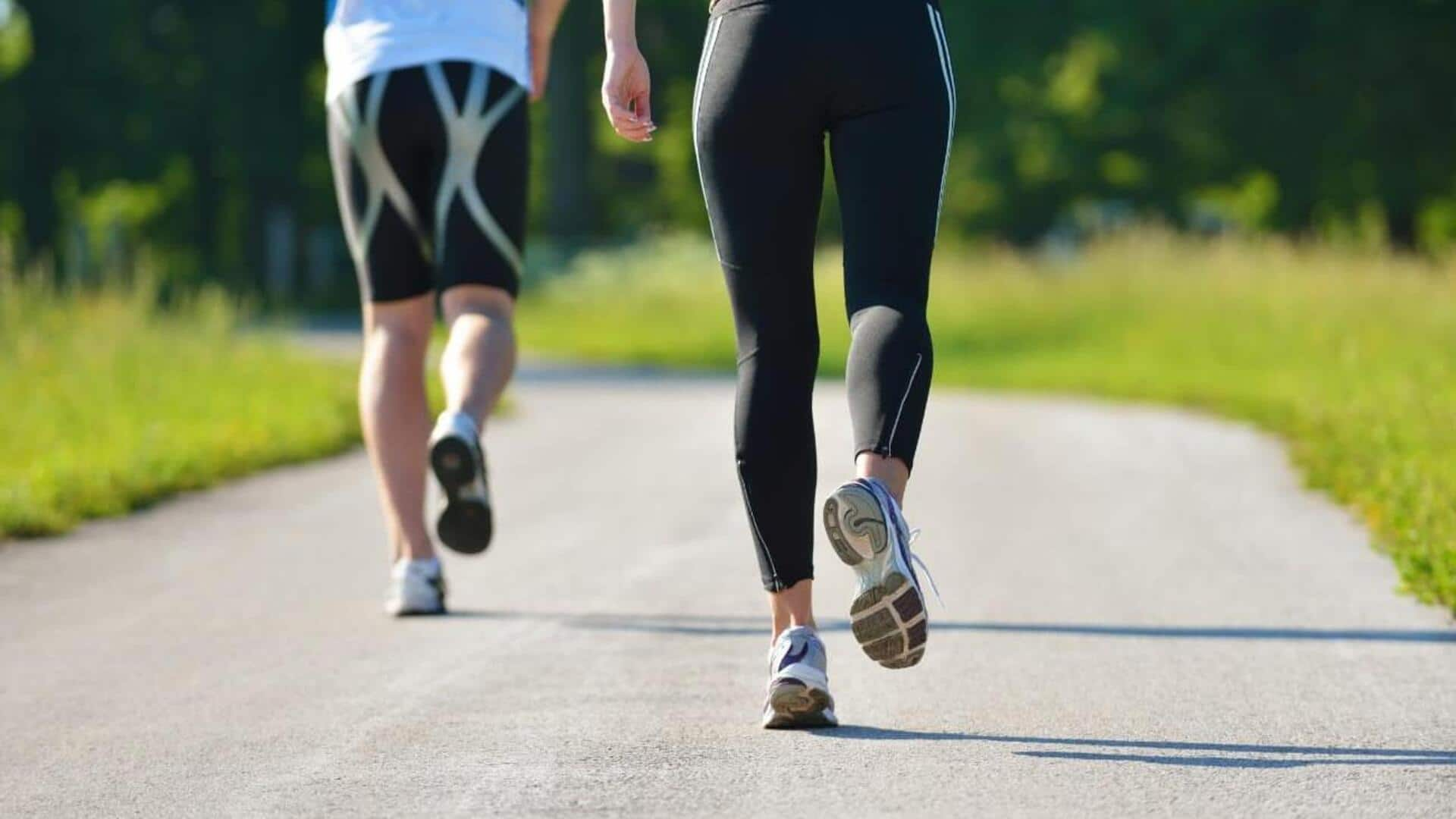
Walking v/s rowing: Which is better for your core?
What's the story
Walking and rowing are two of the most popular exercises that promise a lot of benefits. While both are great for cardiovascular health, they also contribute to core strength in their own ways. Knowing how each exercise contributes to core strength can help you choose the right one for your fitness goals. Here are insights into how walking and rowing affect your core muscles.
Core engagement
The impact of walking on core strength
Walking is a low-impact exercise that engages the core muscles to maintain balance and posture. As you walk, your abdominal muscles work to stabilize your torso, which helps in strengthening them over time. Though walking may not be as intense as other workouts, it still offers a good way to improve core endurance and stability.
Full-body workout
Rowing's contribution to core muscles
Rowing is a full-body workout that engages multiple muscle groups, including the core. The pulling motion requires you to engage your abs and obliques to maintain proper form and avoid injury. This engagement makes rowing an effective way to build core strength while also improving cardiovascular fitness.
Energy expenditure
Comparing calorie burn rates
Both walking and rowing burn calories effectively, but they do so at different rates. Rowing generally burns more calories per minute due to its higher intensity level compared to walking at a moderate pace. However, if you're looking for a lower-intensity option with consistent calorie burn over time, walking can be a good choice.
Personal preference
Choosing based on fitness goals
Choosing between walking and rowing for core strength depends on personal fitness goals and preferences. If you want a low-impact exercise that fits into your daily routine without much equipment, walking is ideal. But if you're looking for a high-intensity workout that engages multiple muscle groups, including the core, rowing is the way to go.